Without doubt, one of the most eccentric and certainly one of the most controversial figures of the entire Early Modern period was the iconoclastic Swiss physician Theophrastus von Hohenheim (c. 1493–1541), more popularly known as Paracelsus. Trying to write about Paracelsus is complicated by the fact that he is the source of numerous myths and legends. Even if one resorts to the old maxim of Sergeant Joe Friday in the 1950s American radio series Dragnet, “just the facts ma’am”,* you run into problems. Every fact presented by one Paracelsus researcher has been disputed by at least one other Paracelsus researcher, so I shall just give a sketch of the generally accepted facts about his life then concentrate on his medical theories and their impact in the Early Modern Period.
He was born Theophrastus von Hohenheim the son of Wilhelm Bombast von Hohenheim, an illegitimate descendent of a Swabian aristocratic family, and his wife a bondswoman of the local Benedictine monastery in Einsiedeln in the canton of Schwyz in Switzerland, probably in 1493 or 94. Wilhelm held a Master’s degree in medicine and was physician to the mining community in Einsiedeln. Following the early death of his mother, probably around 1502, his father moved to Villach in Austria, another mining community.
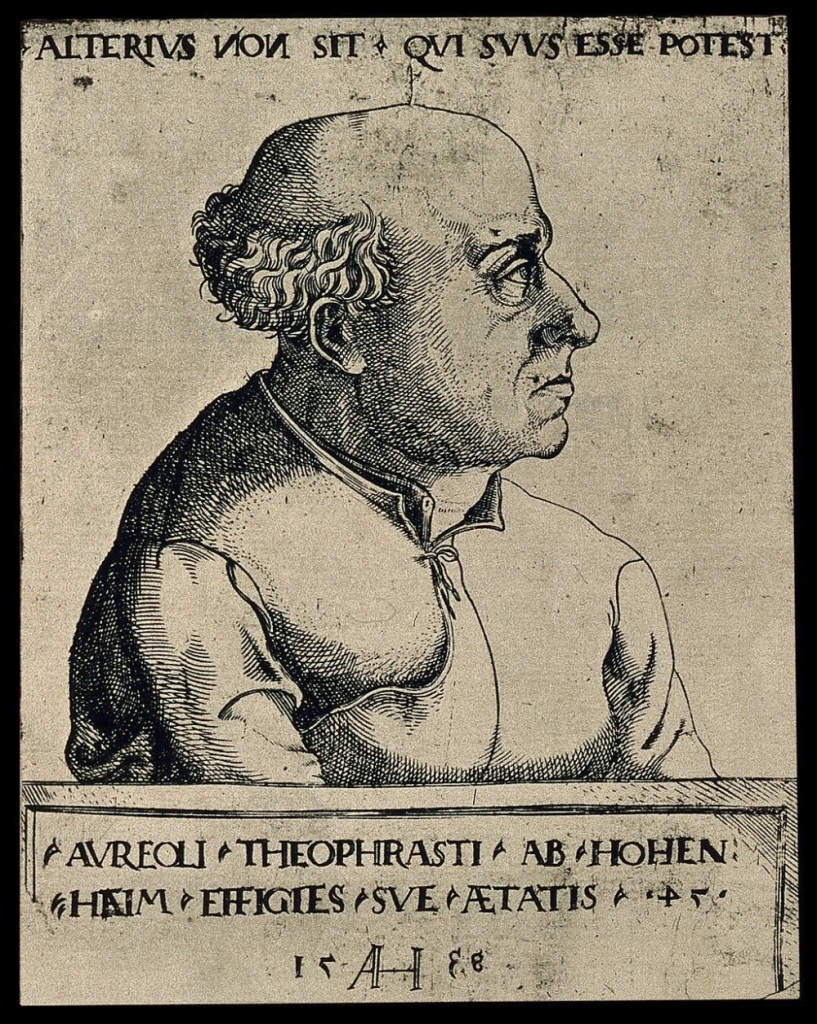
It is probable that Theophrastus received his early education from his father in medicine, mining, minerology, botany, and alchemy. Almost nothing in known about his further education other than that he was registered as a Artzney Doctor(Doctor of Medicine) in Strasbourg in 1525 and a year later in Basel he testified that his doctorate was from the University of Ferrara. There is, however, no other evidence to support this claim. He seems to have travelled widely throughout Europe in his youth but, once again, there are no real details of this part of his life.
In 1525 he settled in Salzburg as a physician, but probably because of the unrest caused by the German Peasant’s War he moved to Strasbourg in 1526. In 1527, he received what should have been a major boost in his career when he was called to Basel to treat the leading humanist publisher Johann Froben (c. 1460–1527), who had been written off by his own doctors, apparently because of a gangrenous foot. During six weeks of treatment in early 1527 Theophrastus succeeded in bringing relief to the publisher and for his efforts was richly rewarded and appointed town physician of Basel. This appointment included not just the right but the obligation to hold lectures at the university. Although he probably didn’t realise it at the time, Theophrastus had reached the apex of his formal career as physician.
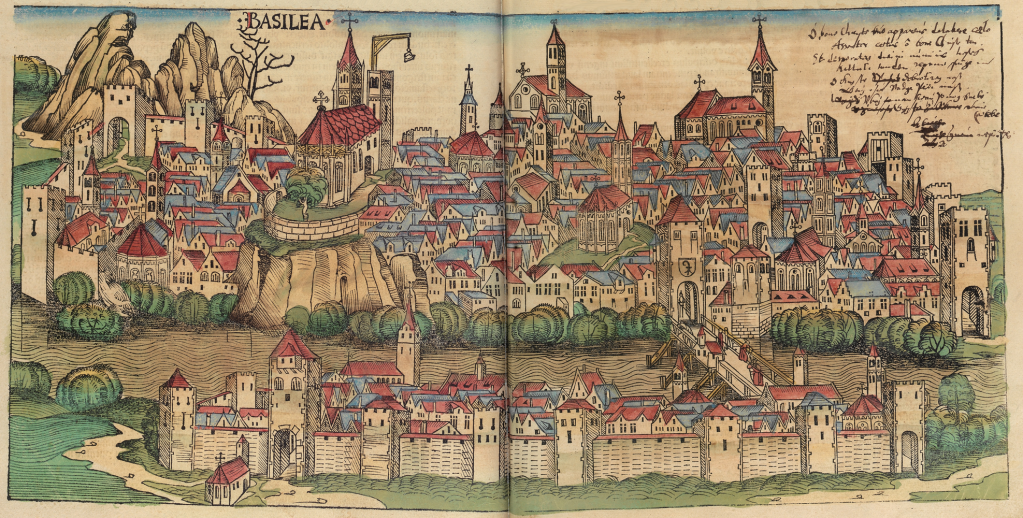
During his time in Basel, Theophrastus came into contact with many leading humanist scholars, including Erasmus, who had worked for Froben and with whom he carried out a correspondence on theological issues.
Theophrastus’ time in Basel was to put it mildly stormy. He clashed head on with the local medical establishment and began his career as medical iconoclast declaring war on the conventional university medical teachings. He held his lectures in German instead of Latin to make them accessible to everyman and rejected the authority of the standard medical texts, preferring experience and empiricism to book learning. This behaviour reached a high point when he burnt a copy of Avicenna’s Canon of Medicine, probably the most important university medical textbook, on the Basel marketplace in the St John’s Eve fire on 23 June 1527. In February 1528 his brief career as an establishment physician came to an end and Theophrastus left Basel for what would turn out to be a life as an itinerant physician until his death in 1541.
In 1529, Theophrastus moved to the city of Nürnberg, in the early sixteenth century, one of the richest cities in Europe and a major centre for both the mathematical science including astrology and medicine. His aim was to establish himself in the thriving and lucrative market for medical books. Here he decided to enter the rumbling syphilis debate. The disease had first appeared in Europe in the late fifteenth century and in fact only obtained the name, syphilis, from Girolamo Fracastoro (c. 1477–1553) in 1530. In 1529, there were two competing “cures” for syphilis, mercury, and guaiac wood. Theophrastus took up arms for mercury and against guaiac wood. He published one short pamphlet and a longer text on the topic with success. Unfortunately, the import from guaiacum wood from Brazil was financed by the Fugger banking house and the influential Leipziger physician Heinrich Stromer von Auerbach, a Fugger client, persuaded the Nürnberger medical establishment to block a planned major work from Theophrastus on the subject. Stromer’s influence throughout the German medical establishment served to effectively end Theophrastus’ medical publishing career before it had really started.
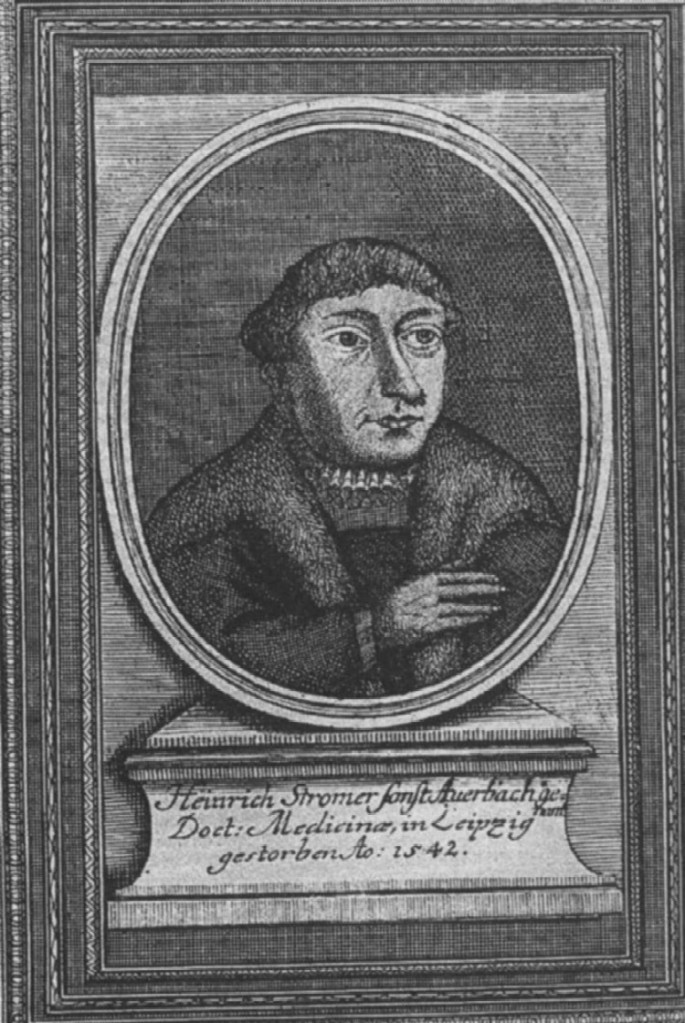
This medical publishing block led to Theophrastus adopting the name Paracelsus, a toponym for Hohenheim, for his future publication. In late 1529, he published an astrological pamphlet under the name Theophrastus Paracelsus and a short tract on the Comet of 1531 simply under the name Paracelsus. He proved to be a fairly successful astrological author and the majority of his publication up till his death were astrological.
From now on Theophrastus, blocked by the medical establishment was forced to live from treating rich private patient. He had a brief change of fortune in 1536, when he succeeded in getting his Die große Wundarzney (Great Book of Surgery) published by Heinrich Steiner (before 1500–1548) in Augsburg. The book was a success with, to Theophrastus’ annoyance, pirate editions appearing in both Ulm and Frankfurt in the same year. It remained a much-read reference work for more than a century. Theophrastus’ live continued to go downhill until his relatively early death in 1541.
 by the Swiss alchemist and physician Paracelsus (1493-1541). Originally Philippus Aureolus Theophrastus Bombastus von Hohenheim, he renamed himself Paracelsus (better than the Roman physician Celsus). Paracelsus travelled widely, absorbing the medical knowledge of many cultures. He also tried to find a magical medicine or elixir of life.</p>
<p> ” data-medium-file=”https://wolfscientific.com/wp-content/uploads/2021/11/renaissance-science-xxiii-12.jpg?w=228″ data-large-file=”https://wolfscientific.com/wp-content/uploads/2021/11/renaissance-science-xxiii-12.jpg?w=500″ src=”https://wolfscientific.com/wp-content/uploads/2021/11/renaissance-science-xxiii-2.jpg” alt class=”wp-image-8074″ srcset=”https://wolfscientific.com/wp-content/uploads/2021/11/renaissance-science-xxiii-12.jpg 608w, https://wolfscientific.com/wp-content/uploads/2021/11/renaissance-science-xxiii-12.jpg?w=114 114w, https://wolfscientific.com/wp-content/uploads/2021/11/renaissance-science-xxiii-12.jpg?w=228 228w” sizes=”(max-width: 608px) 100vw, 608px”></a><figcaption>Title page from ‘Der grossen Wundartzney’ (Great Surgery Book, 1536) by the Swiss alchemist and physician Paracelsus (1493-1541). <a href=) Source
SourceBy the time of his death Theophrastus could be regarded as a failure. He had manged to publish little in the way of medical literature and apart from his brief time in Basel had held no important medical positions. He had succeeded in antagonising and alienating the medical establishment and was better known for his scandals than for any contributions to medicine. If his story had ended there, he would have become a mere footnote in the history of medicine as the man, who had publicly burnt a medical textbook on St John’s Eve in Basel in 1527. However, his story experienced a remarkable posthumous renaissance, which began about twenty years after his death.
Theophrastus had written a large number of books and tracts outlining his heterodox medical philosophy, none of which were published in his lifetime. Beginning in 1560, what might be termed his fan club–Adam von Bodenstein (1528–1577), Michael Toxites (1514–1581), Gerhard Dorn (c. 1530–1584), all of them physicians and alchemists–began to publish these texts, a process that culminated in the publication of a ten-volume edition of his medicinal and philosophical treatises under the title Bucher und Schriften by Johann Huser (c. 1545–1600) in Basel from 1598 to 1591. Huser’s edition of Theophrastus’ surgical publications appeared posthumously in 1605. It is in the last third of the sixteenth century that Paracelsian medicine became a serious discipline but what was it?
Paracelsus’ medical philosophy was a complex melange of religion, astrology, alchemy, and straight forward weirdness. He was first and foremost deeply religious and fundamentally Christian. He regarded himself, above everything else, as a religious reformer and a prophet. His religious stance was at the core of his rejection of the medicine taught at the European medieval universities. Greek and Islamic medicine were both heathen and thus to be rejected. Paracelsus insisted that his medicine was one hundred percent Christian. His rejection of Greek knowledge, of course, cost him any support he might have received from the humanists, who completely rejected him.
At the centre of his philosophy was the macrocosm/microcosm, as above so below, concept that lay at the heart of the justification for astrology. This viewed the human body as a miniature model of the cosmos, the one affecting the other. Paracelsus took this one step further believing that all the minerals found in the world were found in another form within the human body. This tied up with his concept of alchemy.
Paracelsus’ alchemy was not the alchemy of transmuting base metals into gold and silver but a medical alchemy. This was not a new thing, The Franciscan alchemist Jean de Roquetaillade, also known as John of Rupescissa (c. 1310–c. 1368) had emphasised the use of distillation to produce medicinal elixirs in his De Consideratione Quintae Essentiae (On the Consideration of the Quintessence of all Things).
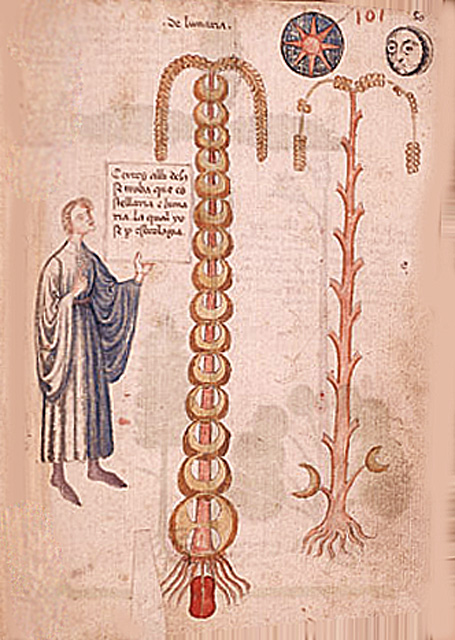
This very popular text was reworked and integrated into the Pseudo-Lullian Liber de secretis naturae (Book of the Secrets of Nature). Paracelsus knew both works well. Believing like cures like, Paracelsus developed alchemical mineral cures that would act upon the minerals he believed to be in the body. He also believed that the organs of the body were organic alchemical apparatuses, there being an alchemical furnace at the centre of the body. Philosophically, borrowing from the Aristotelian belief that all metals originated from two principles present in different quantities, which Abu Mūsā Jābir ibn Hayyān named Mercury and Sulphur, in the eighth century. He believed that all matter consisted of three principles, his tria prima, Mercury, Sulphur, and Salt. A tripartite concept mirroring the Holy Trinity. I’m not going to go any deeper into this aspect of his alchemy or how it related to the traditional four element matter theory, but I will point out that it eventually led to the phlogiston theory in the seventeenth century.
It was Paracelsus’ medical alchemy that his followers took up during the posthumous renaissance of his work, rechristening it chymiatria or iatrochemistry. This renaissance mostly took place not in the universities, the university professors of medicine rejecting the book burning iconoclast, but on the courts of various European rulers. First and foremost, Ernst of Bayern (1554–1611), archbishop of Cologne, who was Johan Huser’s patron. Earlier the elector Palatine Ottheinrich (1502–1559) had been an enthusiastic supporter of Paracelsus. Later the Holy Roman Emperor Rudolf II (1552–1612), Wolfgang II von Hohenlohe (1546–1610), and Moritz von Hessen-Kassel (1572–1632) were all important patrons of Paracelsian alchemy. The University of Marburg boasts that they have the world’s first professorship for chemistry, but, in fact, the chair founded by Moritz von Hessen-Kassel, with the appointment of Johannes Hartmann (1561–1638) in 1609, was for Paracelsian iatrochemistry.
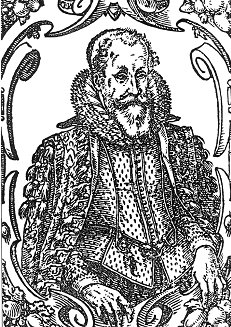
The chair in Marburg was followed in the seventeenth century by several other new chairs all of them being chymiatria, and closely connected with the medical departments, rather than what is now known as chemistry. However, this adoption of Paracelsian chymiatria marks two different developments. Firstly, it is the beginning of pharmacology, of which Paracelsus is often called the founder. In Germany many pharmacies are still named after him. Secondly, it is an important development in the transition from alchemy to modern chemistry, a process that took place throughout the seventeenth and eighteenth centuries, with chemists, in the modern sense, in the eighteenth century strongly denying that their discipline ever had anything to do with alchemy.
There were notable cases of scholars in the seventeenth century adopting and contributing to these developments in chymiatria, whilst stridently distancing themselves from Paracelsus and his “magic”. One notable example is Andreas Libavius (c.1550–1616), whose Alchymia (1597 is often cited as the first chemistry textbook.
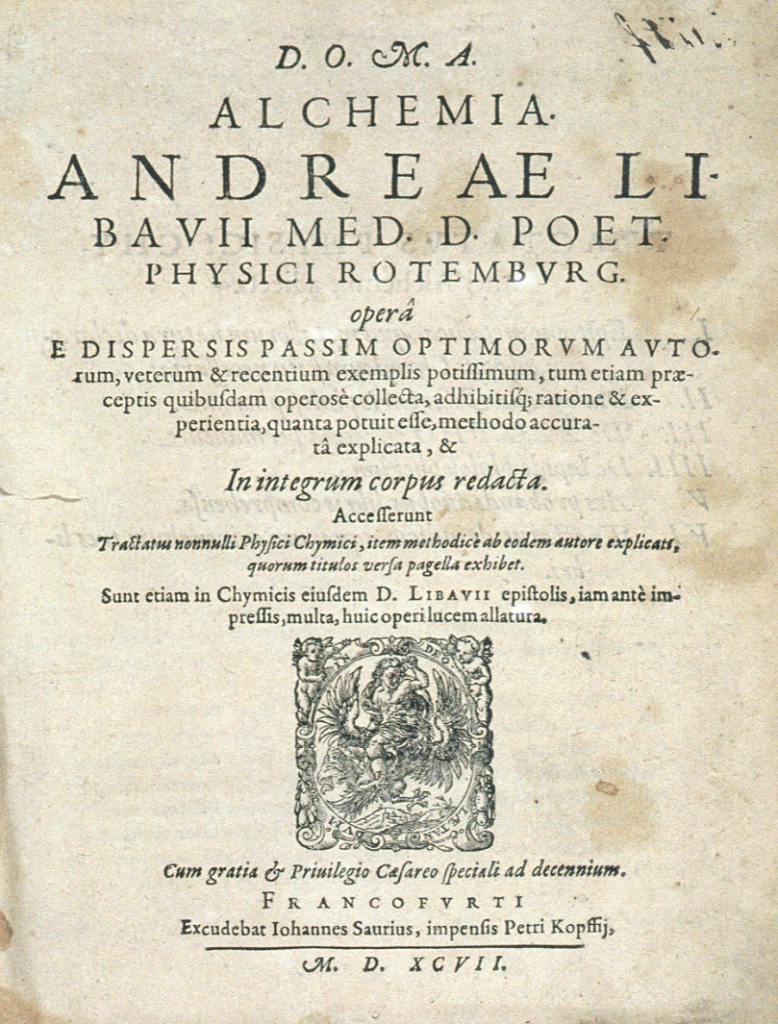
In his rejection of Paracelsus, he refers back to Pseudo-Lull and other medieval sources, claiming that Paracelsus was merely derivative. Another chemically inclined rejector of Paracelsus was Jan Baptist van Helmont (1580–1644). The heated debates between the Paracelsians, the convention physicians who rejected his alchemical medicine and those who accepted it, but vehemently rejected the man actually helped to spread his ideas.
 100vw, 641px”></a><figcaption>L0003194 Portrait of J.B. van Helmont, Aufgang…1683<br />
Credit: Wellcome Library, London. Wellcome Images<br />
<a href=) [email protected]
[email protected]http://wellcomeimages.org
Portrait of J.B. van Helmont.
Engraving
Aufgang der Artzney-Kunst…
Jean Baptiste van Helmont
Published: 1683 Copyrighted work available under Creative Commons Attribution only licence CC BY 4.0 http://creativecommons.org/licenses/by/4.0/
One highly influential Paracelsian, who should get a brief mention, is the Dane Peder Sørensen (1542–1602), better known as Petrus Severinus, who became chancellor of Denmark. In 1571 he published his Idea medicinae philosophicae (Ideal of Philosophical Medicine) (1571), which asserted the superiority of the ideas of Paracelsus to those of Galen and was highly influential, above all because it was written in Latin, the language of the learned rather than Paracelsus’ preferred German.
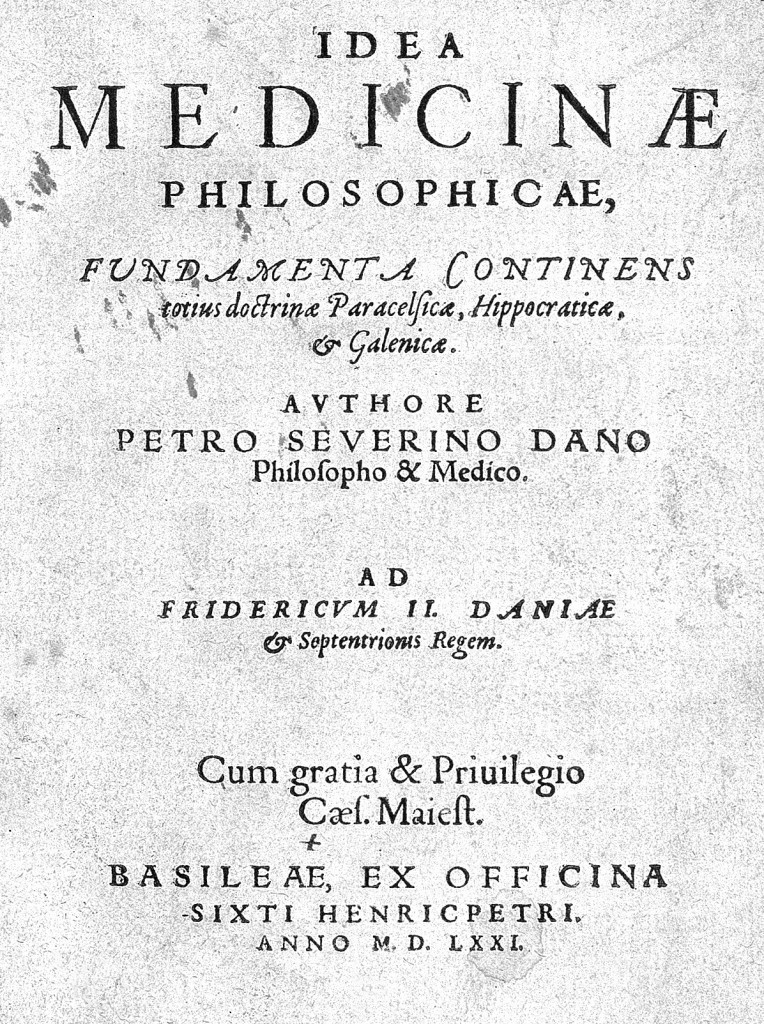
The German physician Daniel Sennert (1572–1637) author of De chymicorum cum Aristotelicis et Galenicis consensu ac dissensu (On the Agreements and Disagreements of the Chymists with the Aristotelians and Galenists) (1619), who became professor of medicine in Wittenberg, was highly influenced by Severinus, although he was one of those, who rejected Paracelsus the man. It was Sennert, who was most important in introducing the concept of atomism taken from the medieval alchemist Paul of Taranto (13th century) into the seventeenth century scientific debate exercising a major influence on Robert Boyle (1527–1691).
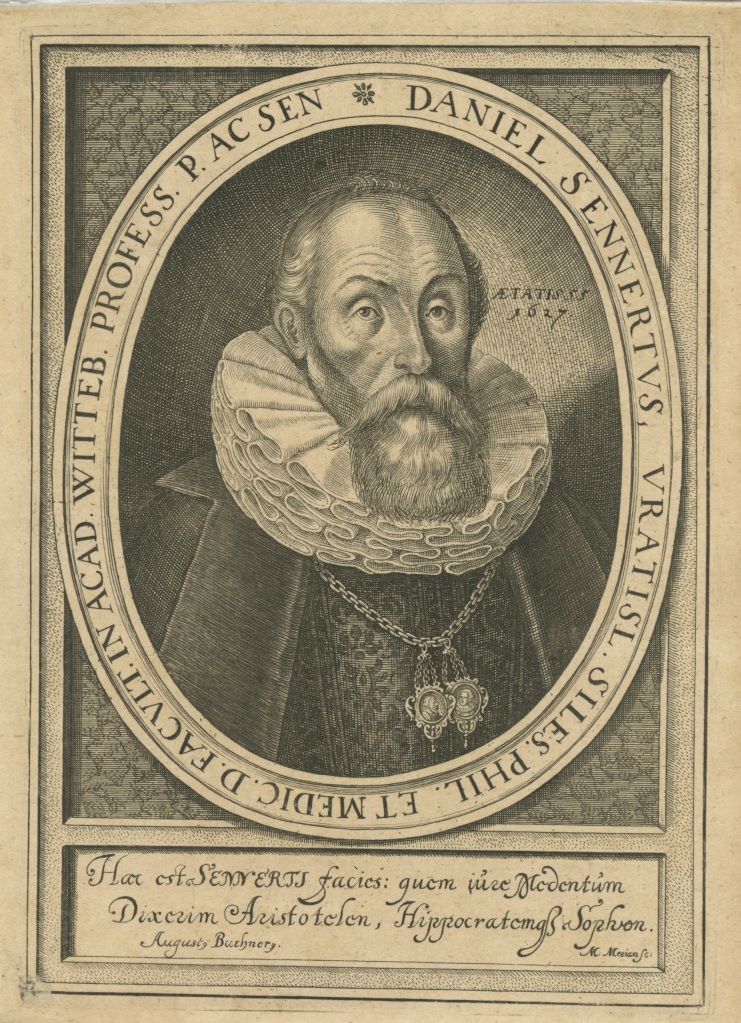
Another important scholar influenced by Severinus was the Frenchman Guy de La Brosse (1586–1641) physician to King Louis XII and director of the first botanical garden in Paris Le Jardin du Roi founded in 1635. His support of Paracelsian medicine was particularly significant as the medical faculty of the university in Paris was vehemently anti-Paracelsus.
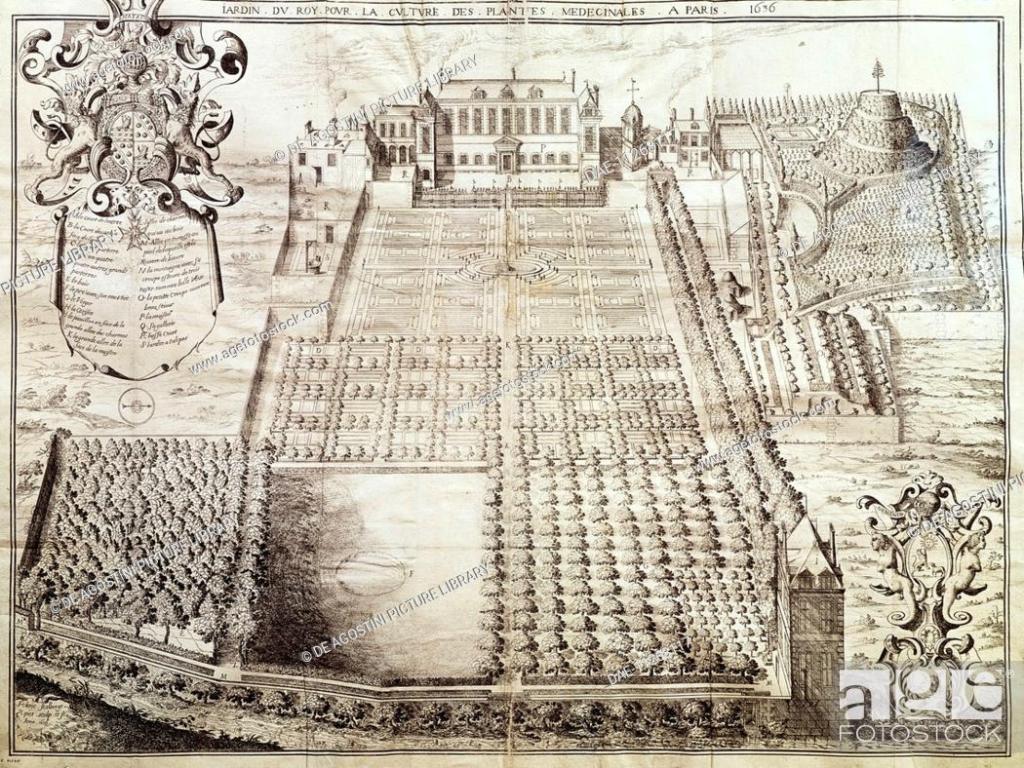
Perhaps Severinus’ most interesting follower was the astronomer, Tycho Brahe (1546–1601). It was Severinus, as Denmark’s most powerful politician, who persuaded the king to set up Tycho’s astronomical observatory on Hven, where Tycho also built a laboratory to produce Paracelsian medicines.
To close a brief look at Paracelsus the physician beyond his chymiatria. Shut out by the medical establishment from the universities and the lucrative medical book market, Paracelsus must have been a successful physician, as he survived over the years on his reputation for healing wealthy private patients. In his polemics on the study of medicine, Paracelsus rejected book learning in favour of empirical observation and experience. He very much favoured hands on artisanal knowledge over, what he considered, the intellectual posturing of the university physicians. All of this places him very much in line with the general trends in Renaissance science, although he was certainly more radical than most of his contemporaries. His insistence on empirical observation is most notable in two areas where he made fairly novel contributions.
Paracelsus is credited with making one of the first studies of occupational diseases. His work in this direction is based on his observations of the typical diseases of the miners working in the areas where his father was employed and where he also worked from time to time. The second area where Paracelsus distinguished himself is in his analysis of mental illness. Although his writings on the subject are to a certain extent confused and complex, he does present some remarkable insights. He clearly distinguishes between genetic mental deficiency and mental illness. He diagnosed what we would now call manic-depression and was probably the first physician to recognise the existence of psychosomatic illnesses. Lastly, his suggested treatments for the mentally ill were positively humane compared to most of his contemporaries. All of this was very much based on clear-eyed empirical observation.
Theophrastus von Hohenheim is a very complex historical figure and it is almost impossible to do him justice in a brief blog post, but, however one views him, there is no denying that he had a major influence during the Renaissance both in the promotion of iatrochemistry and the turn away from book learning towards empirical investigation, perhaps the principle distinguishing feature of Renaissance science.
*Like many an oft quoted catch phrase, Sergeant Joe Friday never actually said “just the facts ma’am”. It only turns up in Stan Freburg’s brilliant Dragnet parody “St. George and the Dragonet” (1953), which is where I know it from, never actually having heard the original Dragnet.